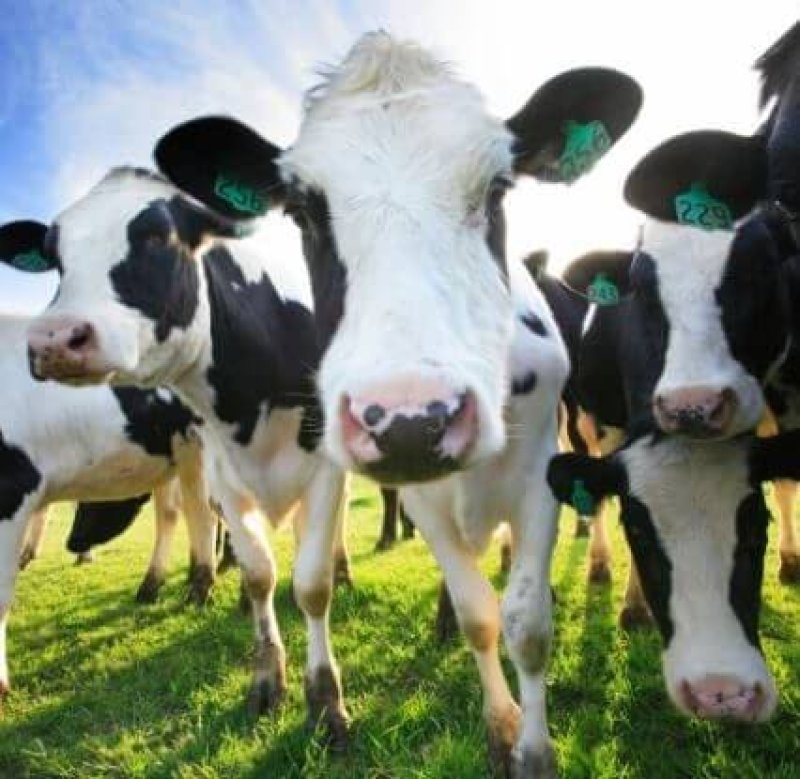Worldwide demand for milk is continually increasing in response to a range of factors, including global population growth and changing diets in countries such as China and India. To meet this demand, around 270 million dairy cows are farmed worldwide.
…
As part of efforts to provide a more sustainable method of milk production, TurtleTree Labs has developed a cellular method, which bypasses the environmental and animal welfare issues of industrial dairy.
Technology Networks recently spoke with Fengru Lin, the founder of TurtleTree Labs, to learn more about the method and the benefits it could offer.
…
[Anna MacDonald] AM: Can you give us an overview of the stem cell technology you are using to create milk in the lab?
FL: TurtleTree Labs’ acellular technology works by culturing mammary cells in vitro and inducing their natural ability to produce all components of milk. Cellular agriculture is entirely safe and widely used in the market today. The first step involves obtaining stem cells from sources such as milk.
They are then transferred into an environment where they convert into mammary gland cells. The mammary gland cells interact with a special formula which causes the cells to lactate. The end product – milk is obtained through a filtration process.































